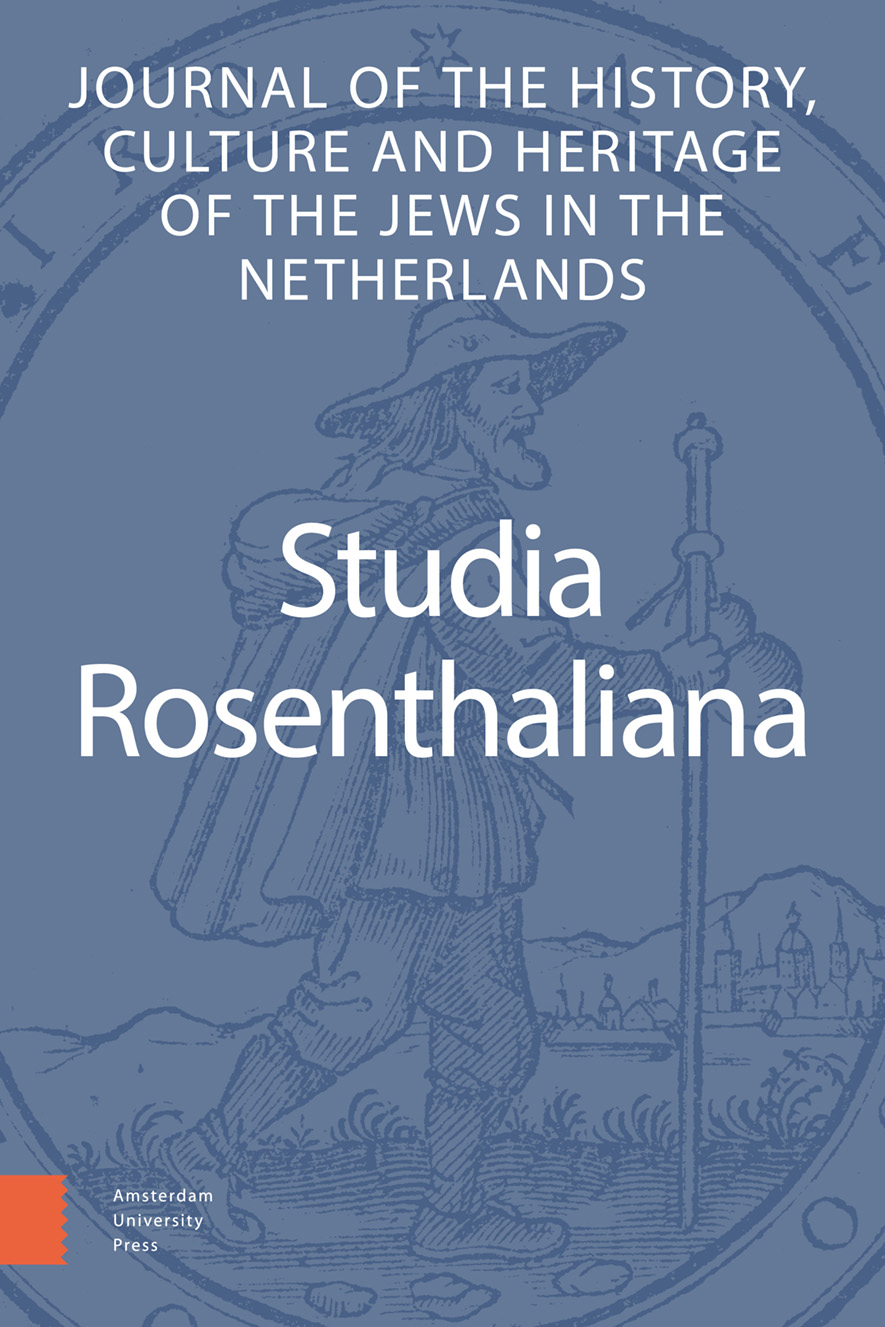-
oa A Philosopher in the Stock Market
Ethics and Capitalism in 17th Century Amsterdam in Joseph Penso de la Vega’s Confusión de Confusiones
- Amsterdam University Press
- Source: Studia Rosenthaliana, Volume 48, Issue 1, Aug 2022, p. 1 - 29
-
- 01 Aug 2022
- Previous Article
- Table of Contents
- Next Article
Abstract
This contextualization of Confusión de Confusiones (Amsterdam, 1688), the first description ever written of the stock market, within the broader European Baroque culture, will allow us to reconstruct Penso de la Vega’s attitude towards capitalism and to reassess the intellectual personality of one of the most interesting figures of Amsterdam Jewry and the Western Sephardic Diaspora in the seventeenth century.
Penso de la Vega was equipped with a consistent anti-determinist conception, strongly individualist values, a clear preference for ‘Virtu’ over ‘Fortuna’ and for the ‘natural’ over the ‘institutional.’ He was affiliated with the financial and commercial elite of Amsterdam Jewry and convinced of the congruence between the interests of the Republic and those of the Dutch colonial companies. From his Confusión de Confusiones he emerges as a distinct advocate of the entrepreneurial character of Dutch capitalism in its contemporary mercantilist version. He was in favour of investing in the shares of the Dutch colonial companies; no ethical considerations hampered his support for the legitimacy of the stock market’s businesses and their ensuing profits.
De la Vega’s criticism of tendencies in the stock market culture derived from his disinclination to recognize ‘Fortuna’ as the patron of the bourse instead of ‘Mercury’. In other words, the legitimacy of speculative activities in the bourse was accepted as long as these were carried out following the model of wealthy merchants, interested in long-term investments.
On a hermeneutical level, however, this pragmatic positive attitude towards the accumulation of wealth through trade and towards investment and speculation is radically denied by the faint voice of an elderly philosopher participating in the dialogue. After a foray into the stock market, this voice served to express ascetic and substantialist ideas, with a particular role for Desire as the source of all human tragedy.


